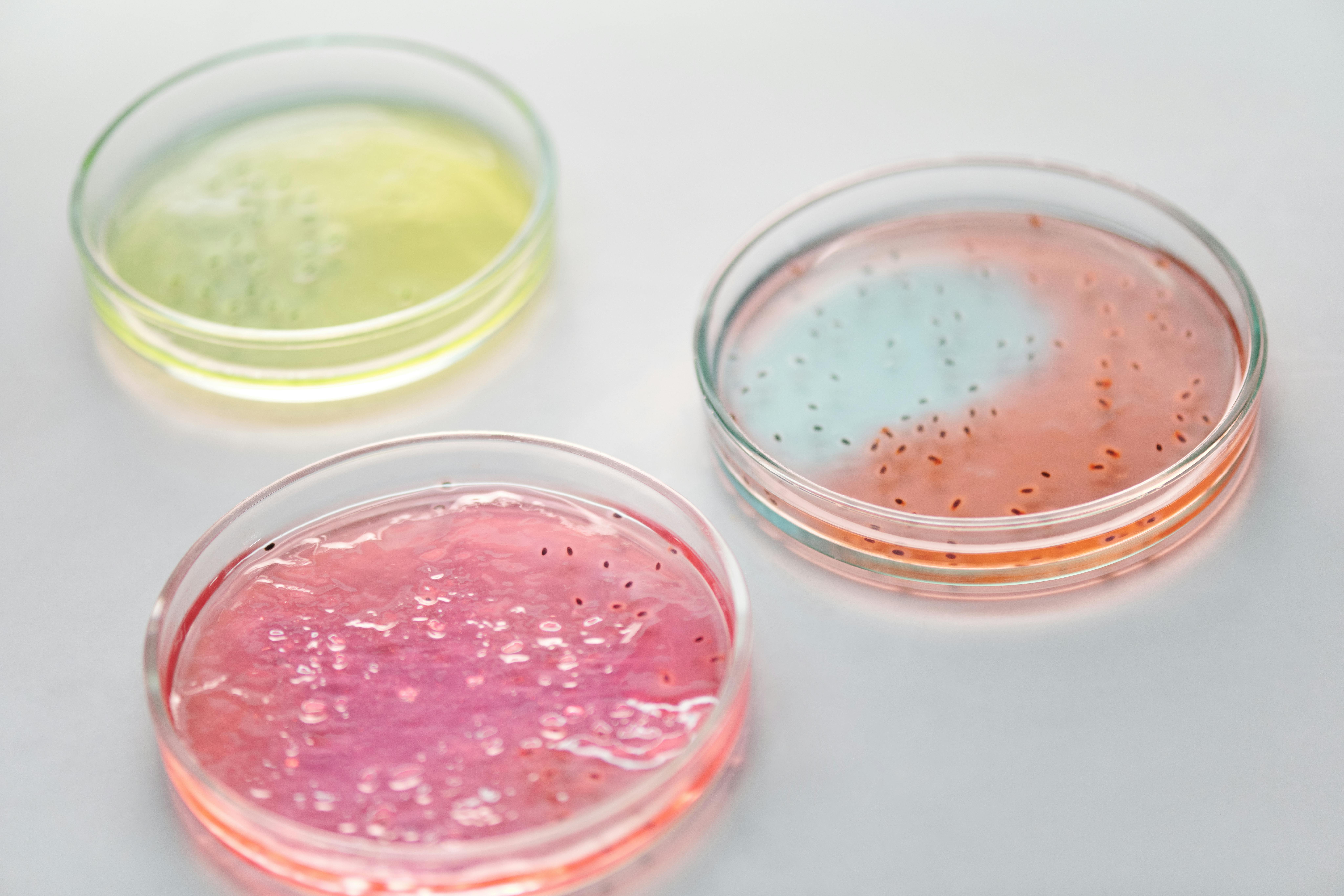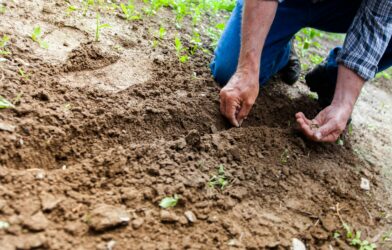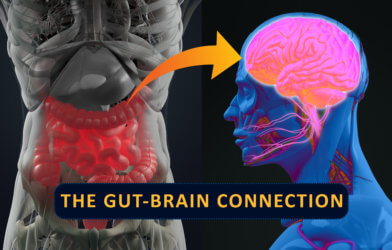For years, we’ve been told our gut—that bustling community of trillions of microbes living inside us—is central to everything from our mood to our metabolism. Recent research even hinted at its significant role in bone health, suggesting that a happy gut might mean stronger bones. But what if one of the biggest ideas about how our gut influences our aging body isn’t quite right? What if, despite all the hype, your gut microbiome has little to do with the bone loss that often comes with getting older?
A surprising new study, published in the esteemed journal Bone Research, delivers a provocative punch to conventional wisdom, revealing that age-related bone loss appears to happen independently of the gut microbiome. This isn’t just a minor adjustment to scientific understanding; it’s a fundamental re-evaluation that could redirect the search for new treatments for osteoporosis, a crippling condition that weakens bones and affects an estimated 10 million Americans over 50.
Unraveling the Gut-Bone Connection
To unravel the complex relationship between aging, bone health, and the gut microbiome, the research team embarked on a meticulously designed study involving hundreds of mice. Their primary subjects were a specific strain known as CB6F1 mice. The researchers divided these mice into several key groups to compare their bone health under different gut conditions.
One crucial group consisted of “germ-free” (GF) mice, raised in a completely sterile environment without any microorganisms in their gut. These GF mice were compared to “specific pathogen-free” (SPF) mice, which represent a more typical mouse population, free from specific disease-causing microbes but otherwise harboring a diverse gut microbiome, much like a healthy human.
The study design tackled key questions:
- Is a Microbiome Needed for Age-Related Bone Loss? To answer this, 1-month-old germ-free mice were either kept germ-free or given a gut microbiome from healthy mice. Their bone health was then examined at 24 months of age (considered old for a mouse). The study included both female and male mice.
- Does the Microbiome Change with Age? To confirm that mice, like humans, experience shifts in their gut microbiome as they age, samples from young (3-month-old) and old (24-month-old) SPF male mice were analyzed. This involved using advanced molecular tools to identify and count different types of bacteria, and to measure the small molecules produced by these microbes, offering clues about their activity.
- Does the Age of the Donor Microbiome Matter for Bone? To further explore the gut’s influence, other groups of germ-free mice received gut microbes from either young or old donor mice. This helped determine if a “young” microbiome might offer bone protection, or if an “old” microbiome contributed to bone loss.
Throughout the study, the researchers used a variety of methods to assess bone health. These included microCT scans, which provide detailed 3D images of bone structure, allowing them to measure things like the amount of spongy, internal bone tissue, and the thickness and density of the hard, outer layer of bone. They also measured molecules in the blood that indicate how much bone is being formed versus how much is being broken down.
Surprising Findings on Bone Health
The findings were, for many in the scientific community, quite astonishing. The central and most provocative takeaway was clear: age-related bone loss occurred whether or not mice had a gut microbiome.
Being germ-free did not protect the mice from the bone loss typically seen with aging. When 24-month-old germ-free mice were compared to their littermates who had a gut microbiome from a young age, there were no significant differences in their overall bone mass. This clearly indicates that the gut microbiome isn’t a prerequisite for age-related bone deterioration.
Supporting this, when researchers looked at bone loss over time (from 3 to 24 months of age) in both germ-free and conventionally raised mice, the decline in bone was remarkably similar. This outcome suggests that the natural presence of a gut microbiome didn’t significantly alter the progression of bone loss over time.
Even when germ-free mice received gut microbiomes from either young or old donor mice, the age of the donor microbiome had no bearing on the bone health of the recipient mice. This outcome further reinforces that simply introducing “young” or “old” microbes didn’t change the trajectory of age-related bone loss.
While the microbiome didn’t dictate bone loss, the study did confirm that the gut microbiome itself changes significantly with age. In the conventionally raised male mice, there was a noticeable age-dependent shift in the microbial communities, with altered types and functions of bacteria. These microbial shifts also correlated with changes in how the microbes process nutrients and produce energy.
“This study overturns long-standing beliefs about the gut microbiome’s role in age-related bone loss,” noted Dr. Xiaomeng You, one of the lead researchers. “By refocusing on other mechanisms, we aim to open new pathways for effective osteoporosis treatments.”
A New Direction for Bone Research
This research challenges us to rethink the precise mechanisms driving age-related bone loss. It points to the idea that while the gut microbiome is undoubtedly a powerful influence on many aspects of our health, it may not be the primary factor in the bone deterioration we experience as we get older. These findings underscore the importance of looking beyond the gut for answers to osteoporosis, potentially redirecting future research and therapeutic strategies towards genetic, hormonal, or environmental factors that may hold greater significance.
Paper Summary
Methodology
This study utilized CB6F1 mice, including germ-free (GF) and specific pathogen-free (SPF) mice, to investigate the gut microbiome’s role in age-related bone loss. Experiments included comparing bone health in 24-month-old GF mice to colonized counterparts, assessing age-related bone loss in GF vs. SPF mice, and analyzing age-dependent microbial shifts in SPF mice via 16S rRNA gene sequencing and LC-MS metabolomics. Researchers also colonized GF mice with young or old donor microbiomes to observe bone phenotype impacts. Bone health was measured using microCT, quantitative backscatter scanning electron microscopy, and blood markers.
Results
The study’s primary finding was that age-related bone loss occurred independently of the gut microbiome. Bone mass and structure were similar between germ-free and colonized mice at 24 months. Bone loss progression from 3 to 24 months was comparable across GF and SPF mice, and the age of donor microbiomes did not influence bone phenotypes. While the microbiome did not impact bone loss, age-dependent changes in gut microbial composition and function, including shifts in diversity and metabolism (e.g., altered protein/amino acid biosynthesis), were observed in SPF mice.
Limitations
The study was conducted in mice, limiting direct translation to humans. While it showed the gut microbiome’s independence for age-related bone loss, the authors acknowledge its role in other bone health contexts (e.g., sex steroid deficiency). Minor differences in some male mouse bone parameters between GF and colonized groups suggest potential subtle influences not fully explored.
Funding or Disclosures
The provided document snippets do not contain a specific section detailing funding sources or financial disclosures. Authors are affiliated with institutions including Harvard Medical School, University of North Carolina at Chapel Hill, Northeastern University, The Geneva Foundation, Walter Reed Army Institute of Research, and Indiana University School of Medicine.
Paper Publication Info
Authors: Xiaomeng You, Jing Yan, Jeremy Herzog, Sabah Nobakhti, Ross Campbell, Allison Hoke, Rasha Hammamieh, R. Balfour Sartor, Sandra Shefelbine, Melissa A. Kacena, Nabarun Chakraborty and Julia F. Charles Journal: Bone Research DOI: 10.1038/s41413-024-00366-0 Publication Date: Published online: 11 November 2024 Volume/Issue/Page: 12:65












